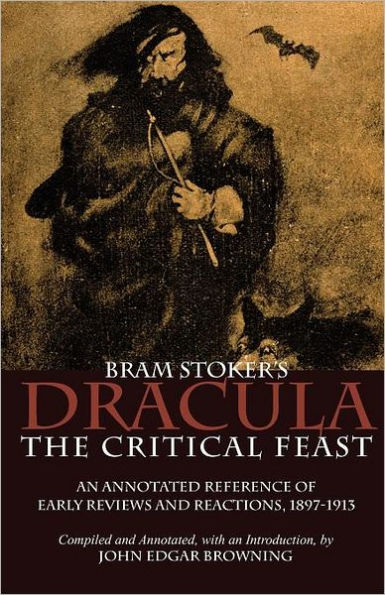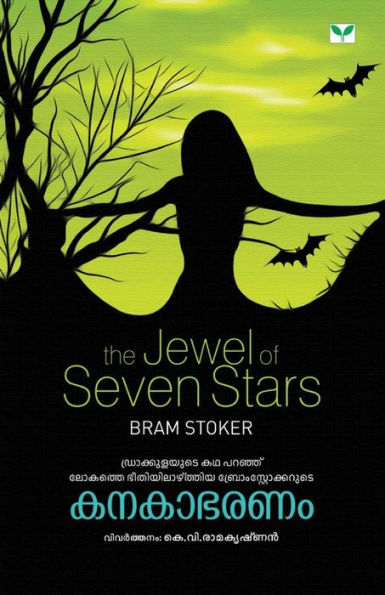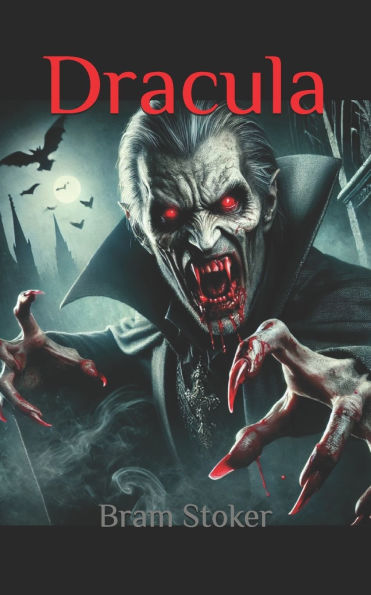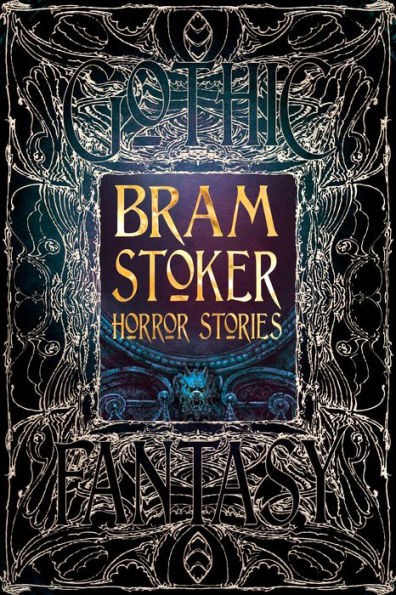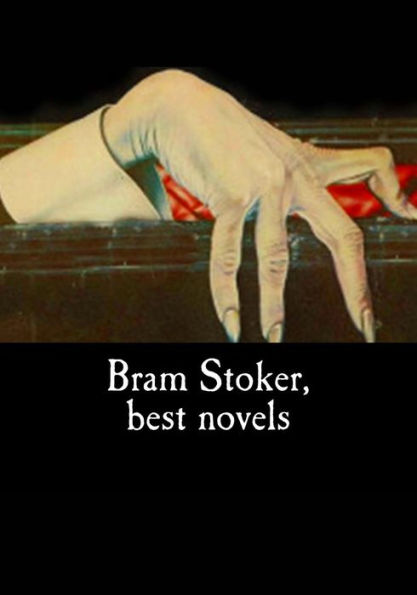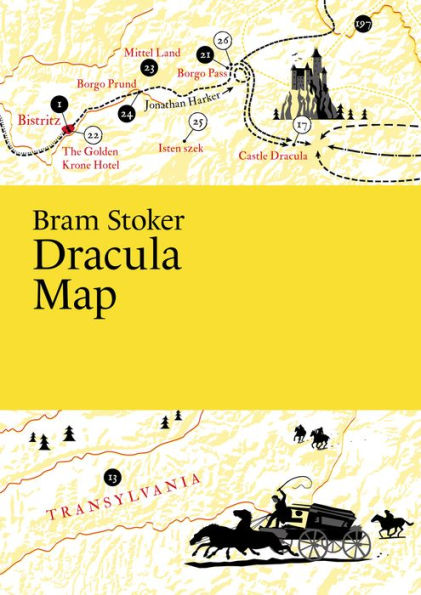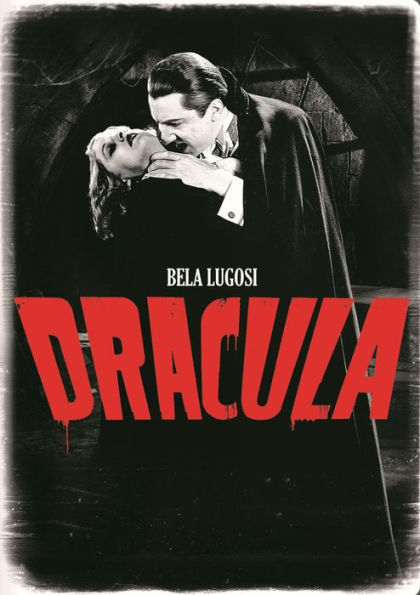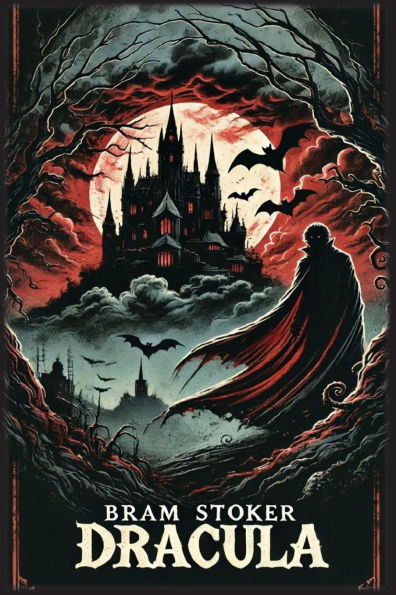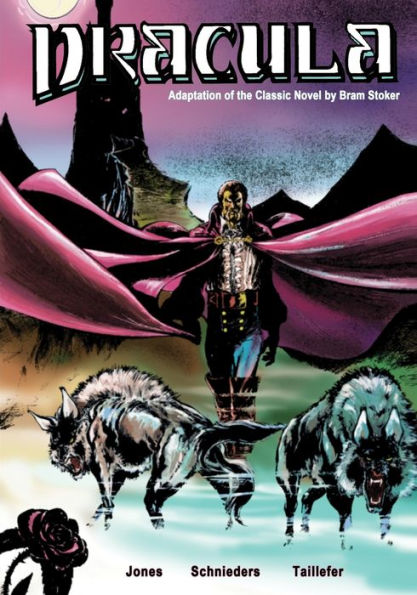Home
Bram Stoker And The Man Who Was Dracula
Barnes and Noble
Loading Inventory...
Bram Stoker And The Man Who Was Dracula in Bloomington, MN
Current price: $24.99

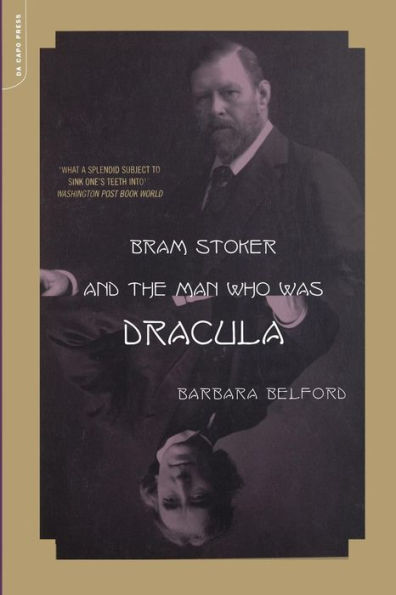
Bram Stoker And The Man Who Was Dracula in Bloomington, MN
Current price: $24.99
Loading Inventory...
Size: OS
"What a splendid subject to sink one's teeth into," raved the
Washington Post
. Here was a six-foot-two Irishman with a red bearda Victorian family man, a spirited debater, and the author of novels and short stories largely forgotten today. All, of course, except for
Dracula
, which has enjoyed countless stage and screen incarnations and haunted the dreams of many generations. Bram Stoker lived at the very center of late-Victorian social and artistic life and numbered among his friends Oscar Wilde, Walt Whitman, Mark Twain, Sir Arthur Conan Doyle, James Whistler, William Gladstone, and Alfred Lord Tennyson. But it was his relationship with the mesmerizing, domineering actor Henry Irving that may have played the most crucial role in Stoker's lifea real-life monster who ultimately led to Stoker's most famous creation. In this book that the
Baltimore Sun
called "superb," Barbara Belford draws on unpublished archival material to reveal the links between the reticent author's life, his vampire tale, and the political, occult, cultural, and sexual background of the 1890s.
Washington Post
. Here was a six-foot-two Irishman with a red bearda Victorian family man, a spirited debater, and the author of novels and short stories largely forgotten today. All, of course, except for
Dracula
, which has enjoyed countless stage and screen incarnations and haunted the dreams of many generations. Bram Stoker lived at the very center of late-Victorian social and artistic life and numbered among his friends Oscar Wilde, Walt Whitman, Mark Twain, Sir Arthur Conan Doyle, James Whistler, William Gladstone, and Alfred Lord Tennyson. But it was his relationship with the mesmerizing, domineering actor Henry Irving that may have played the most crucial role in Stoker's lifea real-life monster who ultimately led to Stoker's most famous creation. In this book that the
Baltimore Sun
called "superb," Barbara Belford draws on unpublished archival material to reveal the links between the reticent author's life, his vampire tale, and the political, occult, cultural, and sexual background of the 1890s.
"What a splendid subject to sink one's teeth into," raved the
Washington Post
. Here was a six-foot-two Irishman with a red bearda Victorian family man, a spirited debater, and the author of novels and short stories largely forgotten today. All, of course, except for
Dracula
, which has enjoyed countless stage and screen incarnations and haunted the dreams of many generations. Bram Stoker lived at the very center of late-Victorian social and artistic life and numbered among his friends Oscar Wilde, Walt Whitman, Mark Twain, Sir Arthur Conan Doyle, James Whistler, William Gladstone, and Alfred Lord Tennyson. But it was his relationship with the mesmerizing, domineering actor Henry Irving that may have played the most crucial role in Stoker's lifea real-life monster who ultimately led to Stoker's most famous creation. In this book that the
Baltimore Sun
called "superb," Barbara Belford draws on unpublished archival material to reveal the links between the reticent author's life, his vampire tale, and the political, occult, cultural, and sexual background of the 1890s.
Washington Post
. Here was a six-foot-two Irishman with a red bearda Victorian family man, a spirited debater, and the author of novels and short stories largely forgotten today. All, of course, except for
Dracula
, which has enjoyed countless stage and screen incarnations and haunted the dreams of many generations. Bram Stoker lived at the very center of late-Victorian social and artistic life and numbered among his friends Oscar Wilde, Walt Whitman, Mark Twain, Sir Arthur Conan Doyle, James Whistler, William Gladstone, and Alfred Lord Tennyson. But it was his relationship with the mesmerizing, domineering actor Henry Irving that may have played the most crucial role in Stoker's lifea real-life monster who ultimately led to Stoker's most famous creation. In this book that the
Baltimore Sun
called "superb," Barbara Belford draws on unpublished archival material to reveal the links between the reticent author's life, his vampire tale, and the political, occult, cultural, and sexual background of the 1890s.
